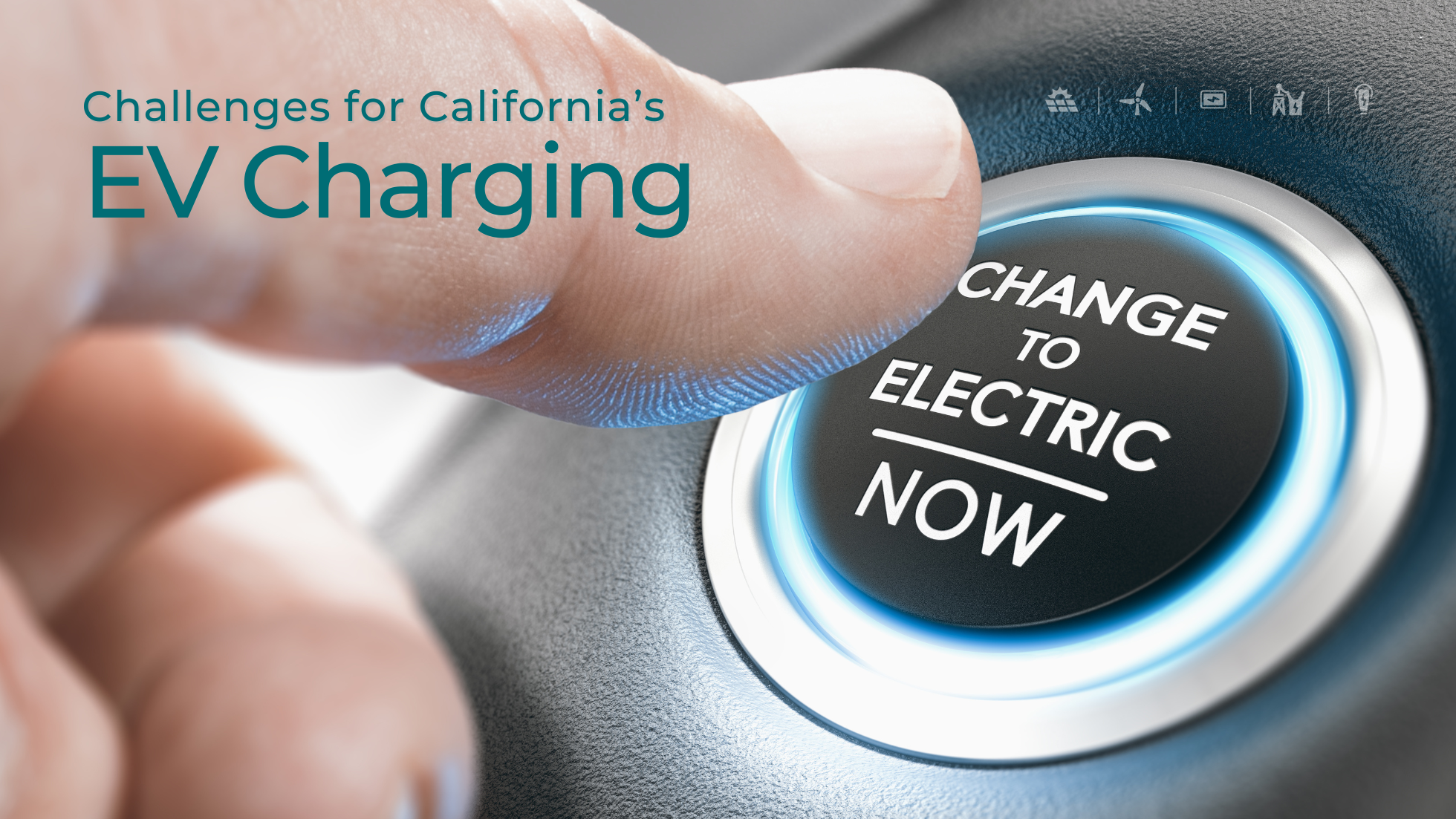Constructing Data Centers that Power Artificial Intelligence (AI) Learn More
The challenges facing California’s EV charging initiative

Over the past two years, BEI has seen an increasing demand for our services in constructing EV charging stations, fueled by the growing number of EV-powered vehicles on the road.
California is leading the EV charging initiative nationwide. In fact, in 2020, the state became the first in the nation to announce the prohibition of the sale of all new gasoline-powered cars. This mandate will go into effect in 2035 and is estimated to add more than 15 million new plug-in electrical passenger vehicles.
As of 2023, there were nearly 94,000 public or shared private charging stations statewide, including over 10,000 DC (direct current) fast chargers (also referred to as Level 3 chargers), which can recharge EV batteries to 80 percent capacity in under an hour. To accommodate the massive increase in EV-powered vehicles anticipated by 2035, the California Energy Commission (CEC) estimates that the state will need 2.11 million public and shared private stations—including 83,000 fast chargers.
Issues to address
Obstacles still exist to building a robust public EV charging infrastructure in the state. The Stanford Institute for Economic Policy and Research (SIEPR), a Stanford University-affiliated think tank on important economic issues, has outlined some of the challenges:
- Permitting delays—These not only slow down project installation but also result in higher costs for installers. Data collected in 2021 shows that permits in California took an average of 79 business days, which is 30 percent longer and 20 percent costlier than in other states. The state legislature has recently taken steps to streamline the permitting process, with laws establishing standard requirements for all cities and counties.
- Limited grid capacity – This is the most significant source of delay, especially when installing DC fast chargers, with time lapses ranging anywhere from a few months to several years for some large installations. Grid capacity delays are attributed to several factors, including staff capacity, the complex regulatory process involved in laying new transmission lines, utility service department delays, and shortages of transformers needed for site upgrades.
- Planning code issues – Presently, charging stations are most often installed as an “accessory” on a site that has another primary use, like retail shopping or a workplace. When standalone charging stations are proposed on sites where EV charging would be the primary use, similar to gas stations, a jurisdiction’s planning code may not specifically provide for this, and planning departments may need to get involved.
- Funding delays—Although substantial funding is available for EV charging station construction, jurisdictions often have to deal with significant delays in grant decisions or may lack the staff available to apply for grant opportunities.
Addressing the challenges
SIEPR interviewed several experts in the EV charging industry who offered suggestions on how to deal with the issues cited above. Several interviewees recommended developing an automated permitting tool similar to Solar APP+, which is currently being used by most California jurisdictions for residential solar energy systems. This app automatically checks data about a permit request against the electric code and building standards and issues an instant permit approval if all the criteria are met. This could go a long way toward speeding up the permitting process.
Expanding grid capacity remains the biggest challenge, however, and addressing it is critical to widespread EV charging adoption. The Powering Up Californians Act (SB 410) passed by the State Legislature in 2023 should help speed up the process and increase transparency. To streamline the tracking of performance metrics, the CEC is developing an Electric Vehicle Infrastructure Project Tracker that will collect and publicly share data on the implementation of EV charging station projects, including permit turnaround times.
Contributing to California’s EV charging initiative
“With a significant number of EV and other renewable energy infrastructure projects completed or now underway, BEI is integrally involved in the state’s transition to clean energy,” says Dominic DiMare, Principal, BEI Construction. “Our team is experienced in and equipped to handle all types of EV charging projects, including Level 2, Level 3-DC Fast, Single Port, and Dual Port chargers, as well as fleet charging, and we can help clients navigate the intricacies of the permitting process. Clients in California and beyond are increasingly coming to us for the design and build services they need to achieve their renewable energy goals.”